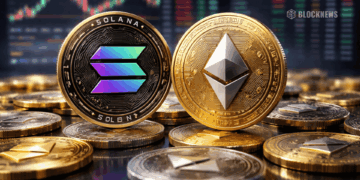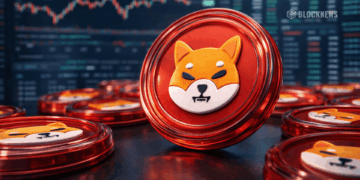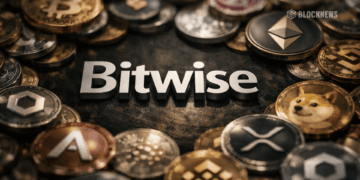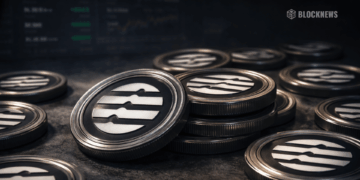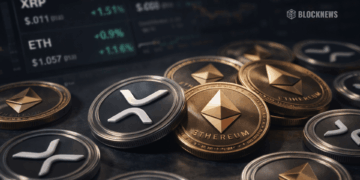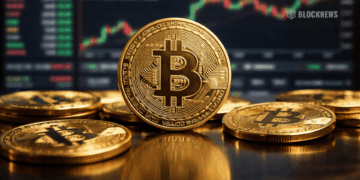- JPMorgan Chase expects its digital token JPM Coin to process $10 billion in daily transactions within the next year, representing a 10x increase from current levels according to the bank’s Global Head of Financial Institution Payments.
- JPM Coin currently handles around $1 billion in daily transactions, mainly in US dollars, but this is still a small fraction of JPMorgan’s total $10 trillion in daily US dollar transactions.
- The bank is looking to expand JPM Coin’s usage beyond wholesale clients to explore retail applications that can deliver instantaneous payments at lower costs to consumers.
JPMorgan Chase & Co is expecting its digital token JPM Coin to process $10 billion in daily transactions in the upcoming year. This projection comes from insights shared by Umar Farooq, the bank’s Global Head of Financial Institution Payments, in an interview with Bloomberg at the Singapore FinTech Festival.
JPM Coin Transaction Volume Expected to Increase Tenfold
Farooq expressed optimism about the potential for JPM Coin, highlighting the anticipation of a five to tenfold increase in transaction volume. Emphasizing the coin’s impending popularity, he stated, “We really think it’s going to start taking off.” As reported earlier, JPM Coin currently handles approximately $1 billion in daily transactions, mainly in US dollars, according to Takis Georgakopoulos, JPMorgan’s Global Head of Payments.
Despite this substantial volume, it represents only a fraction of the colossal $10 trillion in US dollar transactions managed by the banking giant daily. JPM Coin facilitates secure and efficient dollar and euro-denominated payments for wholesale clients through a private blockchain network. The banking giant is looking to expand the token’s usage.
Exploring JPM Coin’s Retail Applications
While proponents of blockchain technology argue for its potential to deliver instantaneous payments at lower costs, the real-world scalability of digital ledgers remains a topic of ongoing exploration. The bank’s official further revealed that the next step in that journey is to “think about how you can create a more retail version of that so that you can bring that same efficiency to consumers.”



